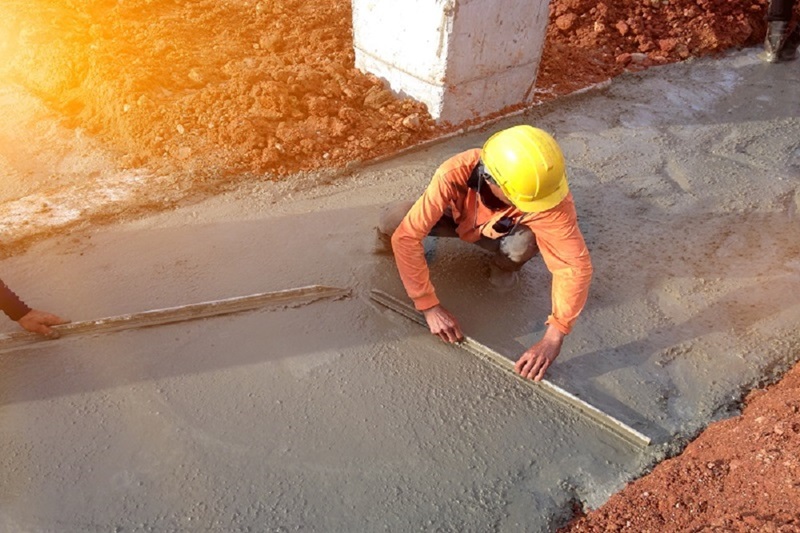Reclaimed wood paneling is popular right now. It is cheaper than new lumber. It may allow you to find woods that are otherwise unavailable on the market. It could allow you to integrate history into your new home or keep to the aesthetic of the existing one. It also allows you to say that your wood panels are recycled and eco-friendly. Here are three tips for buying reclaimed wood for wall paneling.

Be Aware of the Law
While a building may seem abandoned in the middle of nowhere, the odds are that it is owned by someone. You cannot simply show up and salvage wood to use in your own application. Be careful of your sources, since you don’t want to hire someone who is stealing lumber from old buildings to supply you.
Reclaiming wood should be a professional business transaction, where professionals evaluate the wood, treat it or shape it as necessary, and then sell it as a final product. Someone who asks for cash to take advantage of a rare opportunity isn’t the right person to be working with, especially if you want a reliable source. Refusing to engage in potentially illegal purchases can also help you avoid the frauds who would push worn scrap wood as high-quality reclaimed wood.
Only Select Reclaimed Wood Suitable for Reuse
Someone could offer old rotting pallet boards as reclaimed wood, but that doesn’t mean you want to use it in your home. Look for reclaimed wood suitable for use in the modern home. For example, it should be free of mold and insects. Baking it in a kiln can kill any pests hiding inside, but this may not happen if someone simply rips out decent looking boards from a building they’re demolishing. The wood should be completely free of rot.
It should be free of imperfections like nails and staples, and you want reclaimed wood that is relatively smooth. Companies like Manomin Resawn Timbers use a variety of tools to treat uneven and warped timbers so that they’re suitable for re-use.
Look for wood that is tight. While most reclaimed wood will have a few cracks and splits, these should be small enough to use the wood as-is. You might fill the cracks with epoxy, but the cracks shouldn’t weaken the structural integrity of the wood.
Be Safe
Reclaimed wood isn’t free of risk. For example, old painted boards may be covered in lead paint. If you’re going to sand old painted wood, do so outside and wear a HEPA filter. Keep children away from the reclaimed wood during processing to minimize their risk.
Just because wood comes from a historic building, it doesn’t mean it is ready for use as is. Remember that wood from agricultural buildings could carry harmful chemicals or germs unless properly treated. Or you could buy reclaimed wood from a supplier who takes care of all of this for you.
We’ve already brought up the need to find wood that is free of nails, staples and other hazards. Always check the reclaimed wood for uneven sections and other defects that may cause tools to jump unexpectedly while you work. And always wear safety glasses, work gloves and other personal protection equipment while working with reclaimed wood.
Reclaimed wood is a valuable commodity, and this explains the number of sketchy suppliers trying to profit off demand for it. Follow our tips to avoid potential problems.

 by
by 

